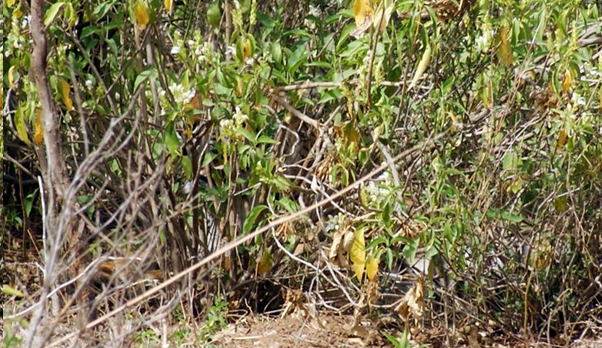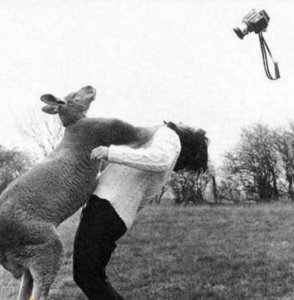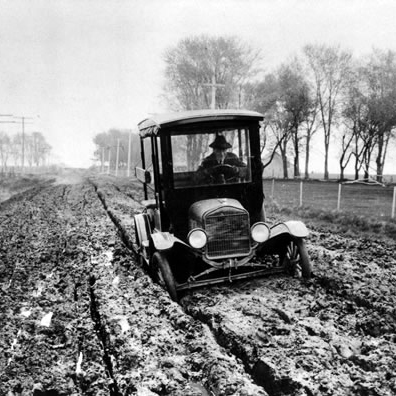
There is plenty of material which draws us to consider the rational and emotional aspects of change. There is also plenty of conjecture available (on the web, dare I say) about the functioning of the human mind in relation to work.
We have already mentioned elsewhere on this blog site how easy it is to shrug off the importance of emotions at work. Emotions, rather than being dealt with and utilised, are often herded into one of two extreme boxes; ‘negative’ feelings (e.g. fear, discouragement, depression, disillusionment, upset) on one hand, or ‘positive’ feelings (e.g. celebration, recognition, encouragement) on the other.
However if we are sharing opinions or ideas or even managing more complex changes in the workplace, we should take more care to consider the importance of the emotional engagement of colleagues.
Rarely does rational argument win the day; often either physical elements (e.g. hierarchy) or emotional elements (e.g. engaging support) are also needed.
As Seddon states, time and time again, change is a normative process. What does he mean by this? What IS ‘normative’? Normative status is based upon our social understanding and values – we stick to what we stick to; we believe what we believe. Until these perspectives (or ‘paradigms – there is that word again!) are challenged and a person is willing to re-educate themselves, then different possibilities will often remain rejected or ignored.
Change has to be an experiential process and part of that process is to ‘un-learn’ previous thinking. It is possible to do this – even world -class golfers can unlearn and re-learn how to hit a golf ball in order to make significant improvement. Nevertheless this is a difficult thing to do. A person has to be ready and willing – emotionally engaged – to want to make the change. And that is just to change a golf swing!
STRATEGIES FOR CHANGE – which will work best?
| Power ~ Coercive |
BUT…
Assumes that people are generally compliant so will usually do what they are told or can be made to do. Change is achieved by exercising authority and by imposing sanctions. Relies on authority, and the ability to police future actions.
Empirical ~ Rational
BUT…
People are rational and will follow self-interest — once those interests have been revealed to them. Change is based on the communication of information and offers of incentives. Focuses on incentives, which need to work over the long term.
Normative ~ Re-educative

People are social creatures and will follow cultural beliefs, traditions and values. Change is based on redefining and reinterpreting these norms & values, and developing people’s commitments to new ones.
If you encourage people to seek knowledge and identify changes that will be helpful, you steer their learning towards the issues which people need to learn in order to make things better.
Further Reading:
Bennis,W. G., Benne, K.D. and Chin R. (1969) The Planning of Change. Holt, Rinehart & Winston, NY
Jacobs, C.J. (2009) Management Rewired: Why Feedback Doesn’t Work and Other Surprising Lessons from the Latest Brain Science, Penguin Group Portfolio, NY
Seddon, J. (2005) Freedom from Command and Control, Vanguard Press, Buckingham, UK.
Sherkenbach W.W. (1991) Deming’s Road to Continual Improvement, SPS Press, Knoxville, TE






 My son and I have been monitoring the frogspawn in our garden pond since April. It has been fascinating to see the tadpoles hatch, then grow into monstrous alien-looking aquatic denizens. Suddenly in the last couple of weeks they have started sprouting limbs, then their feet and toes have lengthened becoming mobile. Body shapes change, the tails shorten and a new form develops.
My son and I have been monitoring the frogspawn in our garden pond since April. It has been fascinating to see the tadpoles hatch, then grow into monstrous alien-looking aquatic denizens. Suddenly in the last couple of weeks they have started sprouting limbs, then their feet and toes have lengthened becoming mobile. Body shapes change, the tails shorten and a new form develops.

